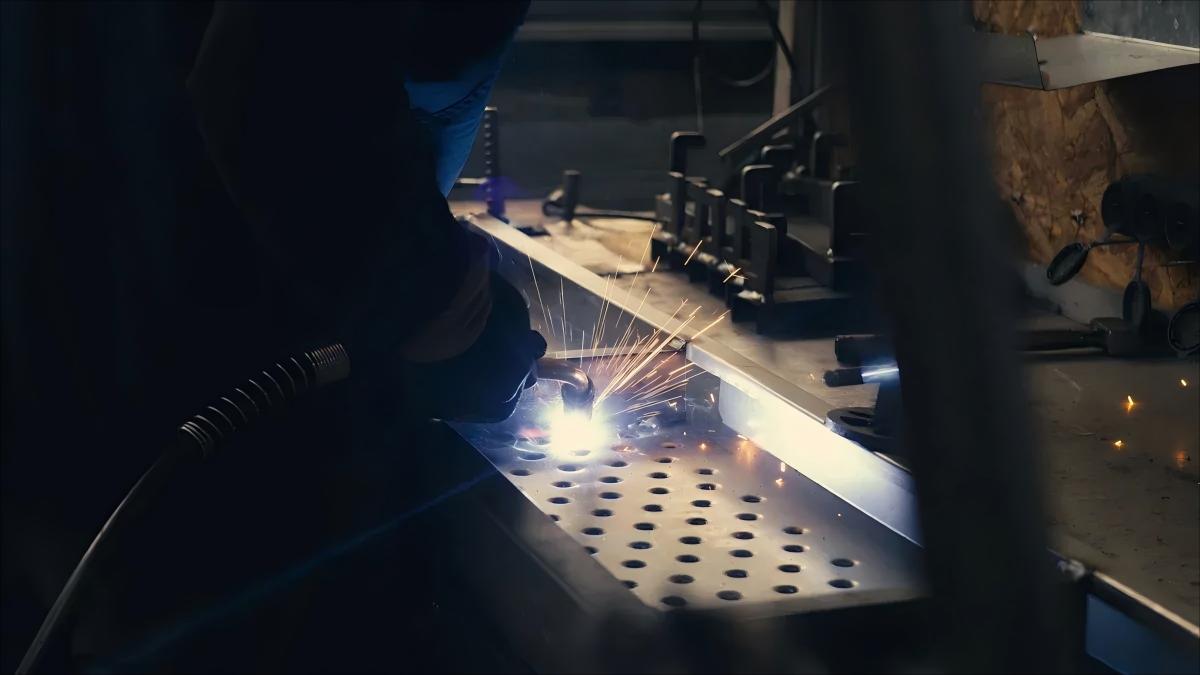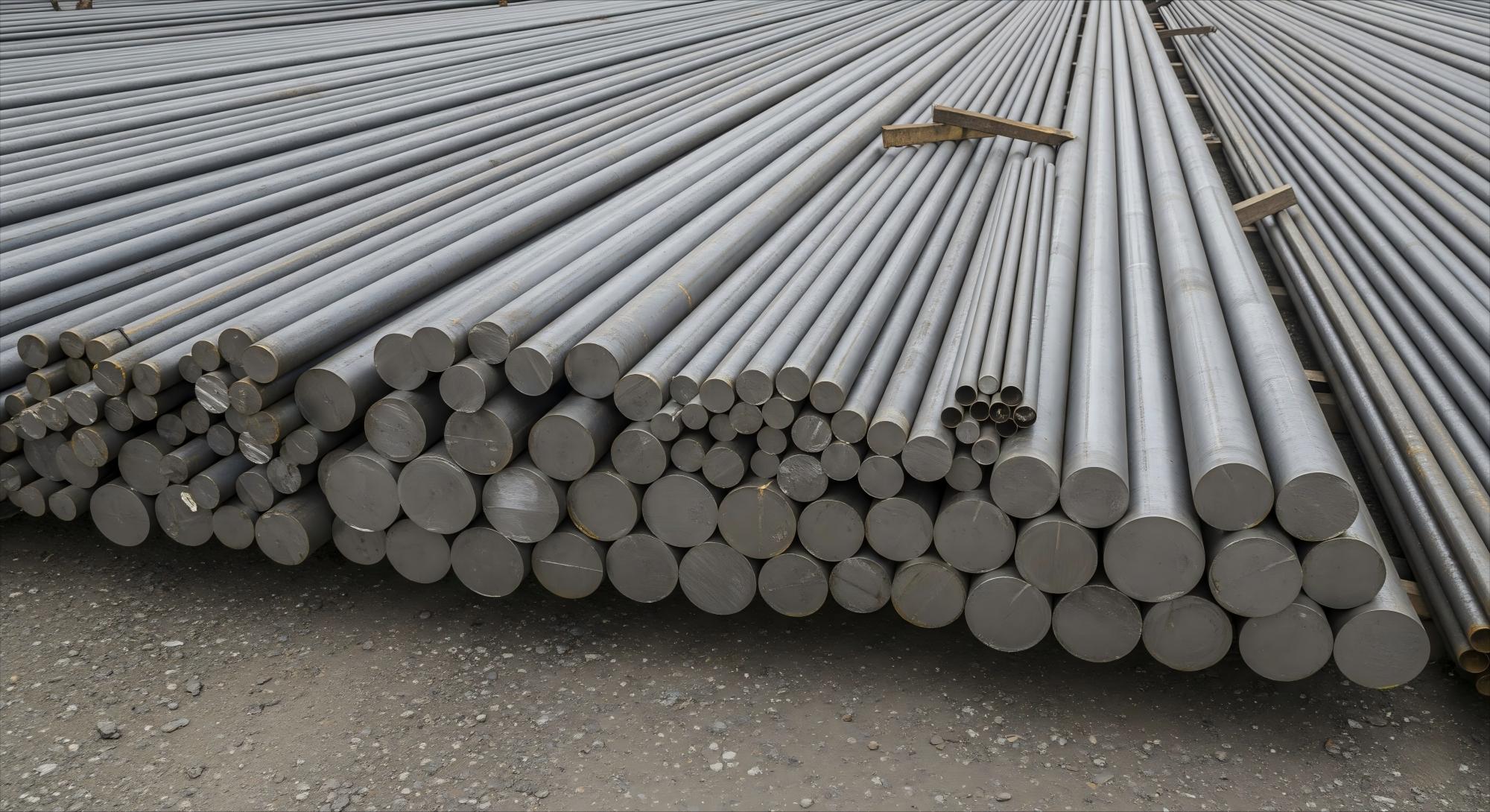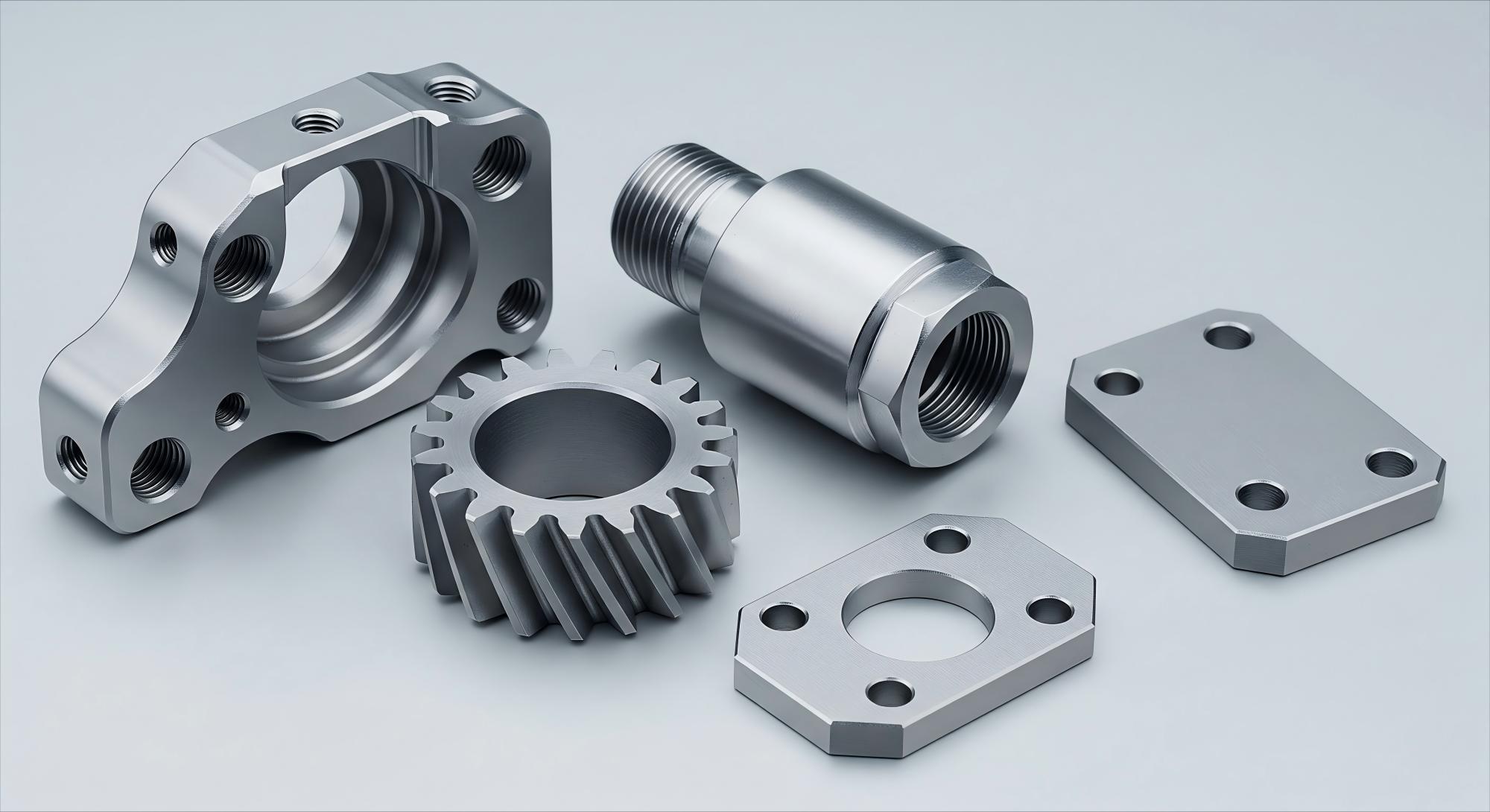
Which is better—brass or bronze? The answer depends on the project. Each metal offers unique qualities. Brass stands out for its bright color and easy machining. Bronze shows more strength and resists corrosion well. Many people see brass vs bronze as a simple choice, but the right pick needs careful thought. Some industries prefer die casting for brass, while others choose bronze for heavy-duty uses.
Choosing the correct metal can affect performance and cost.
Table of Contents
Key Takeaways
- Brass is simple to shape and has a shiny yellow-gold look. This makes it good for decorations, musical instruments, and electrical parts. Bronze is stronger and lasts longer than brass. It does not rust easily, even outside or near the sea. Brass often costs less but wears out more quickly. It can have lead, so check before using it for water pipes. Pick bronze for strong parts, boat hardware, and machine parts that move a lot. Think about what your project needs for strength, shape, price, and where it will be used. This helps you choose the best metal and keeps things safe and working well.
Brass vs Bronze Comparison
Overview
Brass and bronze are both copper alloys. People compare them because they look alike. But each one has special features. The table below gives a simple comparison of their main traits, good points, bad points, and best uses.
| Property | Brass | Bronze |
|---|---|---|
| Main Elements | Copper + Zinc | Copper + Tin (sometimes other metals) |
| Strength | Moderate | High |
| Malleability | High | Moderate |
| Corrosion Resistance | Good | Excellent (especially in seawater) |
| Color | Bright yellow-gold | Reddish-brown |
| Cost | Lower | Higher |
| Pros | Easy to shape, good for decoration, conducts electricity | Strong, durable, resists wear and corrosion |
| Cons | Softer, wears out faster, may contain lead | Harder to shape, more expensive |
| Ideal Uses | Musical instruments, plumbing, decorative items, electrical parts | Marine hardware, sculptures, bearings, heavy-duty parts |
Tip: Always check the exact alloy before you pick for your project.
Key Differences
Brass vs bronze is about a few main things. These are strength, malleability, corrosion resistance, color, and cost.
- Strength
Bronze is stronger than brass. People use bronze for parts that need to handle more force. Brass is better for lighter jobs. - Malleability
Brass bends and shapes more easily. This makes it great for items with fine details. Bronze is harder and does not bend as much. - Corrosion Resistance
Bronze fights off corrosion better, especially in saltwater. That is why people use bronze for marine hardware. Brass can tarnish but still works well in many places. - Color
Brass has a bright yellow-gold color. Many people like this for decorations. Bronze is reddish-brown and looks classic. - Cost
Brass usually costs less than bronze. This makes brass good for projects with less money. Bronze costs more because it uses tin and sometimes other metals.
Brass vs bronze is not just about how they look. Each metal is good for different jobs. Brass is best for projects that need easy shaping and a shiny finish. Bronze is better for strong, long-lasting parts, especially in tough places.
Note: When picking between brass vs bronze, always think about what the metal needs to do.
Brass
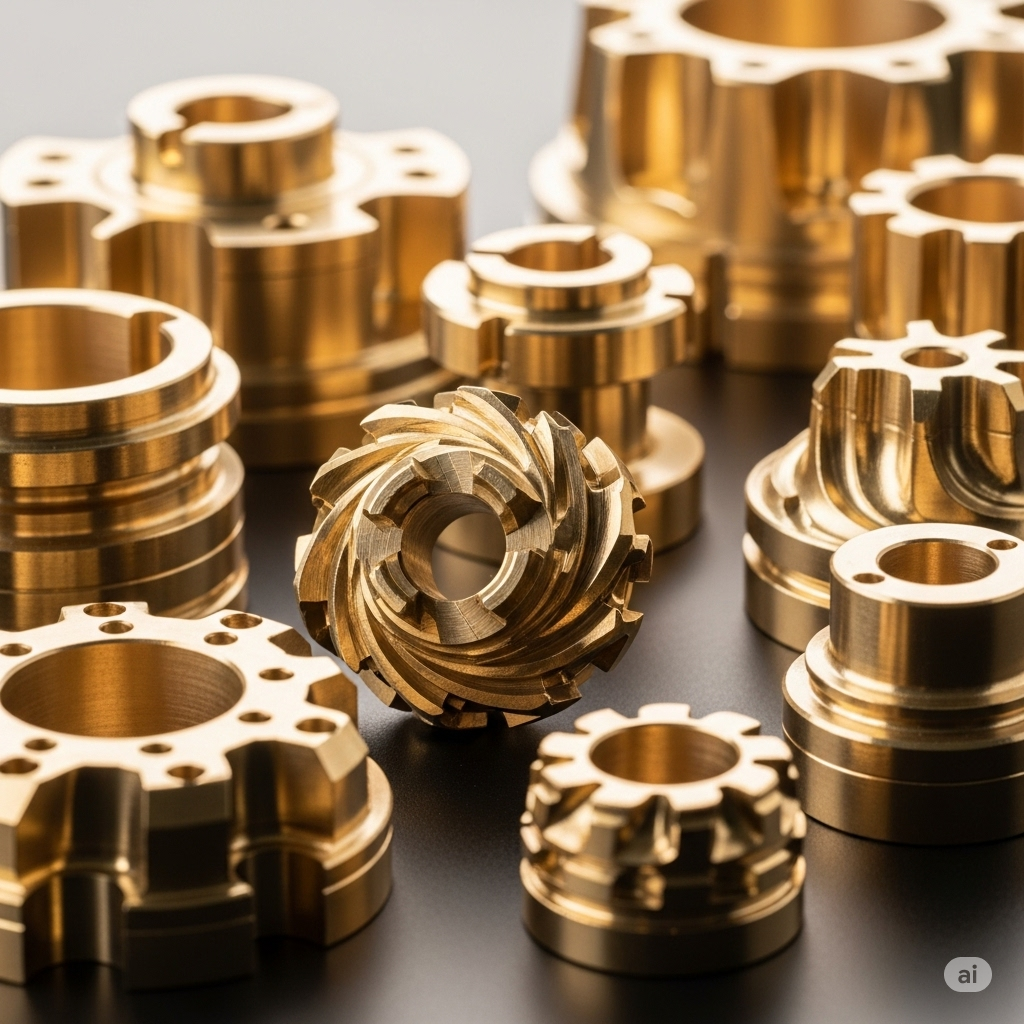
Pros
- Malleability: Brass is easy to bend and shape. Workers can make many designs with it. It does not break when shaped.
- Electrical Conductivity: Brass lets electricity flow through it well. That is why people use it for electrical parts.
- Corrosion Resistance: Brass does not rust or tarnish in most places. This helps it last longer in many uses.
- Machinability: Machines can cut and drill brass without trouble. This makes work faster and easier.
- Appearance: Brass looks bright and gold. Many people like its shiny color.
Tip: Brass is great for projects that need small details or a shiny look.
Cons
- Lower Strength: Brass is not strong for heavy loads. It can bend or break if pushed too hard.
- Wear Resistance: Brass wears out faster than bronze. Moving parts made of brass may not last long.
- Potential Lead Content: Some types of brass have lead in them. Lead can be unsafe, especially in water pipes.
- Best for Low-Stress Uses: Brass works best where there is not much pressure or stress.
Note: Always check if brass has lead before using it for water pipes.
Applications
Brass is used in many ways at home and in factories. Here are some common uses:
| Application | Why Brass? |
|---|---|
| Musical Instruments | Easy to shape, makes good sounds |
| Decorative Items | Shiny color, easy to polish |
| Plumbing Fittings | Does not rust, easy to machine |
| Electrical Connectors | Lets electricity flow, shapes well |
Brass is both pretty and useful. It is best for things that need to look good and be easy to shape.
Bronze
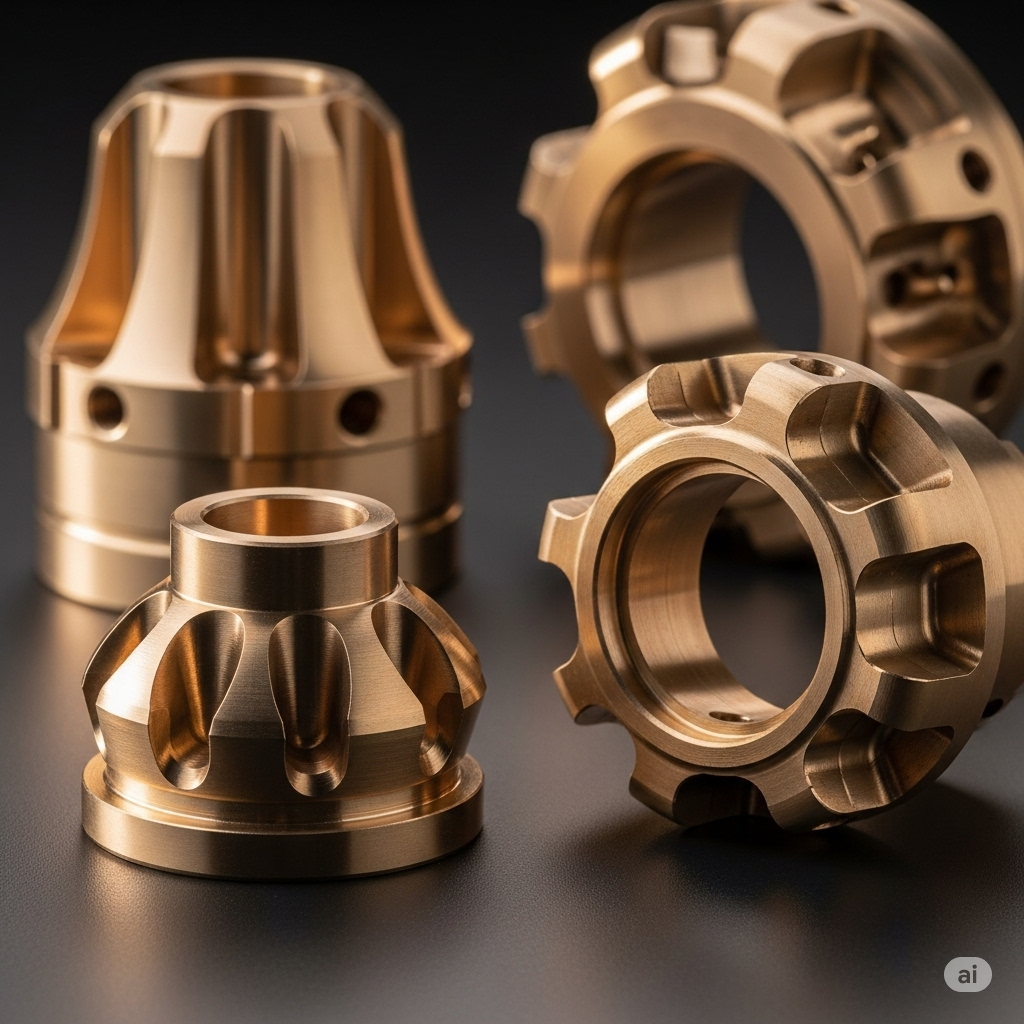
Pros
Bronze stands out for its strength and durability. This metal can handle heavy loads and tough jobs. Bronze resists wear, so it lasts a long time in moving parts. It also fights off corrosion, especially in seawater. Many people choose bronze for outdoor or marine projects.
- Strength: Bronze holds up under pressure.
- Durability: It lasts longer than many other metals.
- Corrosion Resistance: Bronze does not rust, even in salty water.
- Wear Resistance: Moving parts made from bronze do not wear out quickly.
Bronze works well in harsh places where other metals fail.
Cons
Bronze costs more than brass. It does not bend or shape as easily. Machining bronze takes more effort and special tools. The color of bronze is less shiny and more brown, which some people may not like for decorations.
- Higher Cost: Bronze uses tin, which raises the price.
- Less Malleability: Shaping bronze is harder than shaping brass.
- Machinability: Cutting and drilling bronze takes more work.
- Color: Bronze looks brown and dull compared to brass.
People should think about cost and shaping needs before picking bronze.
Applications
Bronze serves many uses in homes, factories, and ships. The table below shows where bronze works best.
| Application | Why Use Bronze? |
|---|---|
| Marine Hardware | Resists seawater corrosion |
| Bearings | Handles friction and lasts long |
| Sculptures | Stays strong outdoors |
| Heavy-Duty Parts | Withstands stress and wear |
Bronze is the top pick for tough jobs, outdoor art, and parts that move a lot.
Application Guide
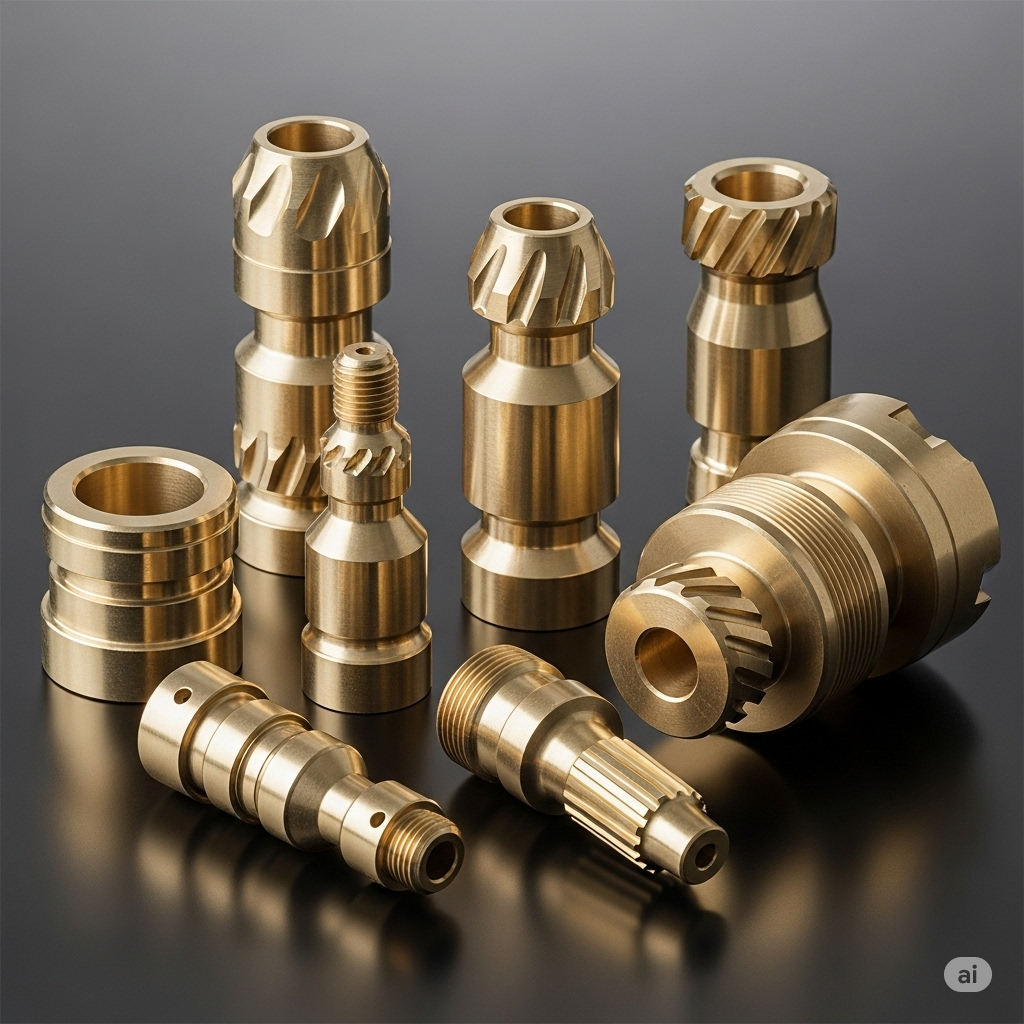
Decorative
Brass is good for making decorations. Its yellow-gold color looks bright and pretty in homes. People pick brass for lamps, picture frames, and door handles. Brass is easy to shape, so artists can make cool designs.
Brass gives a shiny look that many people like for decorations.
Mechanical
Bronze is best for parts in machines. It can handle more stress and rubbing than brass. Factories use bronze for gears, bushings, and bearings. These bronze parts last longer and do not wear out fast.
Bronze parts keep machines running smoothly.
Marine
Bronze works great near the ocean. It does not get ruined by saltwater or bad weather. A study tested bronze in acid water with special chemicals. The test showed bronze had less corrosion when treated. This means bronze lasts longer on boats and docks.
Bronze is the top choice for ship parts and underwater tools.
Musical
Brass is used for most musical instruments. Trumpets, trombones, and saxophones are made from brass. Brass shapes well and makes clear sounds. Musicians like brass because it is bright and easy to clean.
Brass helps musicians create music with strong, clear notes.
Electrical
Brass is great for electrical parts like connectors and switches. It lets electricity flow and can be shaped into small pieces. Electricians use brass for plugs, sockets, and terminals.
Brass keeps electric systems safe and reliable.
Note: For plumbing and water, always check if the brass has lead. Lead-free brass or bronze is safer for drinking water.
Choosing Tips
Budget
Cost often guides the choice between brass and bronze. Brass usually costs less than bronze. People with a tight budget often pick brass for projects that do not need high strength. Bronze costs more because it uses tin and sometimes other metals. For large projects, the price difference can add up fast.
| Metal | Average Cost (per lb) | Best For |
|---|---|---|
| Brass | Lower | Decorative, electrical |
| Bronze | Higher | Marine, heavy-duty |
Tip: For simple decorations or electrical parts, brass saves money.
Environment
The place where the metal will be used matters. Bronze resists corrosion better, especially in wet or salty places. People use bronze for boats, docks, and outdoor art. Brass works well indoors or in dry spots. Brass can tarnish if left outside for a long time.
- Bronze: Best for marine, outdoor, or wet areas.
- Brass: Good for indoor, dry, or low-moisture places.
Note: Always check if the metal will face water, salt, or harsh weather.
Properties
Each project needs certain metal properties. Bronze gives more strength and lasts longer in moving parts. Brass bends and shapes easily, which helps with detailed designs. Safety also matters. Some brass contains lead, which is not safe for water pipes. People should pick lead-free brass or bronze for plumbing.
- Strength: Bronze for heavy loads or moving parts.
- Formability: Brass for detailed shapes or easy machining.
- Safety: Lead-free alloys for water contact.
Choosing the right metal means thinking about cost, place, strength, shape, and safety.
Brass and bronze are not the same. They have different strength, bending, and rust resistance. Brass is good for making decorations and electric parts. Bronze is better for tough jobs and things used in water. Each metal is best for certain uses. People should pick the metal that fits their project and where it will be used. If they need to be extra safe or have a special job, they should talk to an expert.
FAQ
What is the main difference between brass and bronze?
Brass contains copper and zinc. Bronze contains copper and tin. Brass looks yellow. Bronze looks brown. People use brass for decorations and electrical parts. Bronze works better for strong, outdoor, or marine uses.
Can brass or bronze rust?
Neither brass nor bronze rusts like iron. Both metals resist rust. Bronze resists corrosion better, especially in saltwater. Brass can tarnish but still lasts in most places.
Tip: Bronze is best for wet or salty areas.
Is brass safe for drinking water?
Some brass contains lead. Lead can be unsafe for drinking water. People should use lead-free brass or bronze for plumbing. Always check the alloy before using it for water pipes.
Which metal is easier to shape?
Brass shapes and bends more easily than bronze. Workers can make detailed designs with brass. Bronze is harder and does not bend as much.
- Brass: Easy to shape
- Bronze: Harder to shape
Where should people use bronze instead of brass?
People use bronze for marine hardware, bearings, and outdoor sculptures. Bronze lasts longer in tough places. Brass works better for decorations, musical instruments, and electrical parts.

